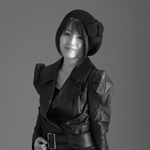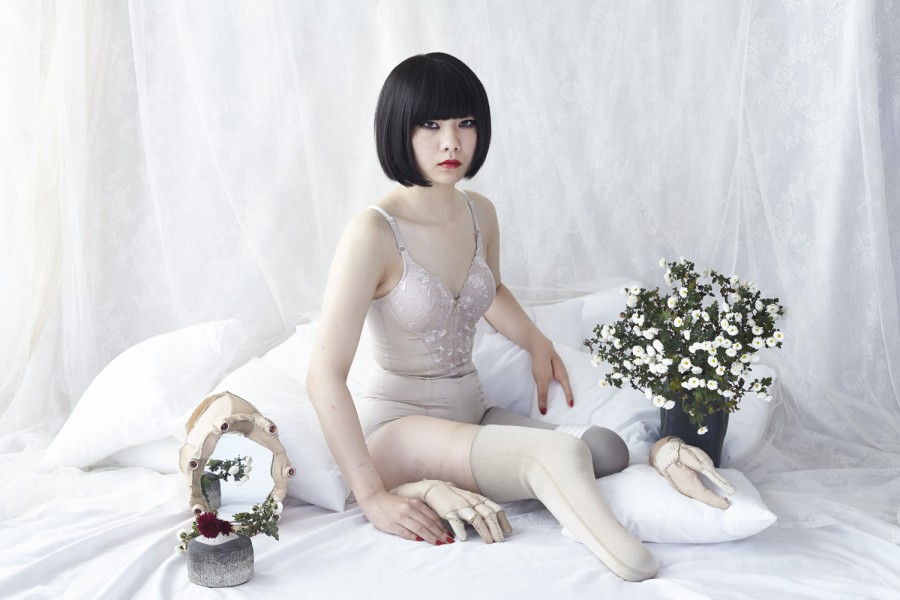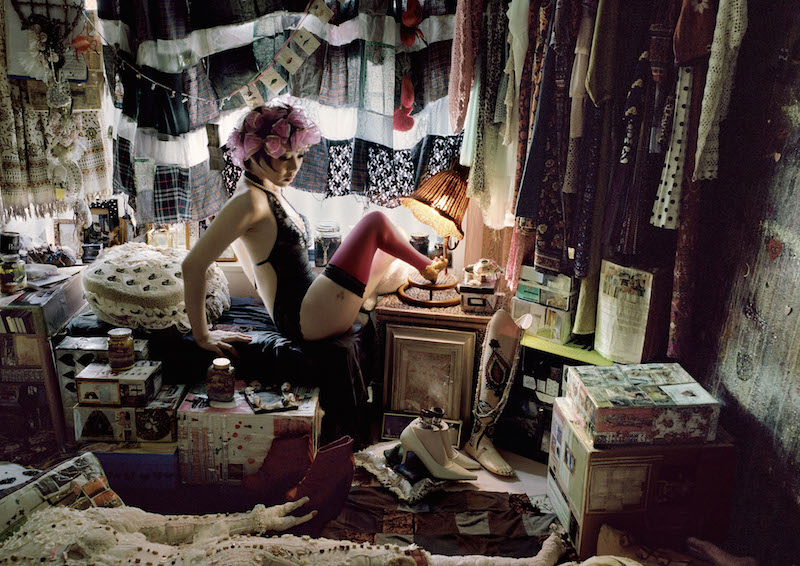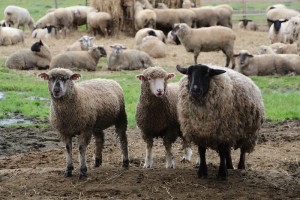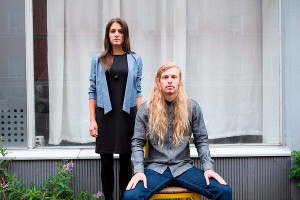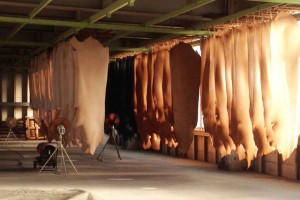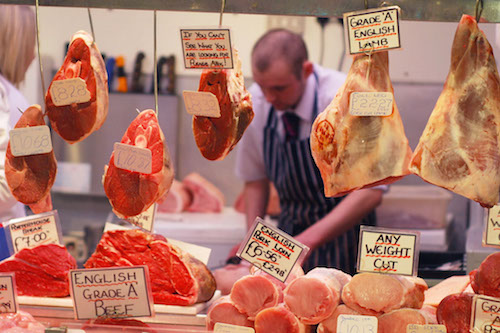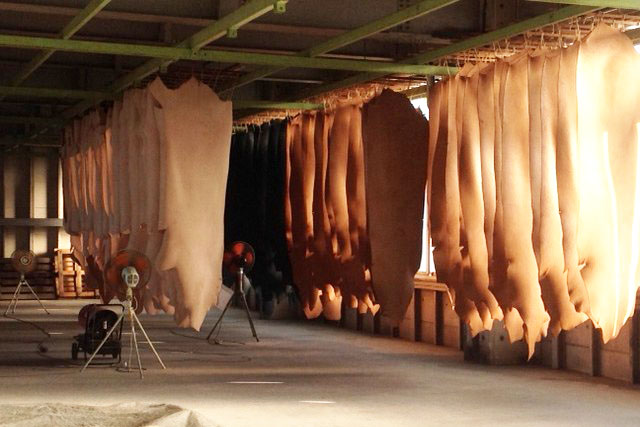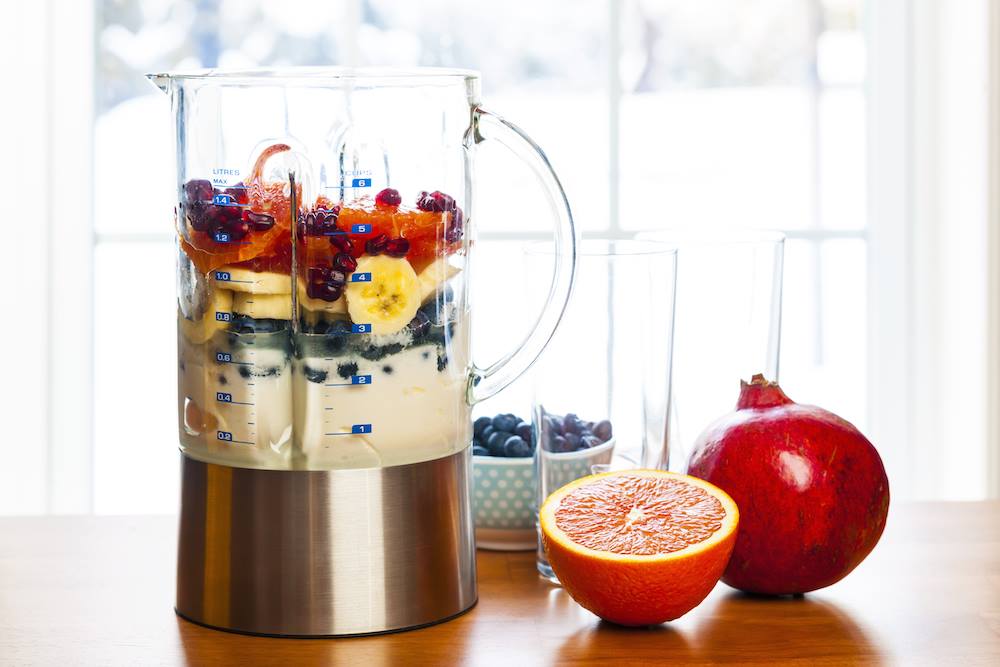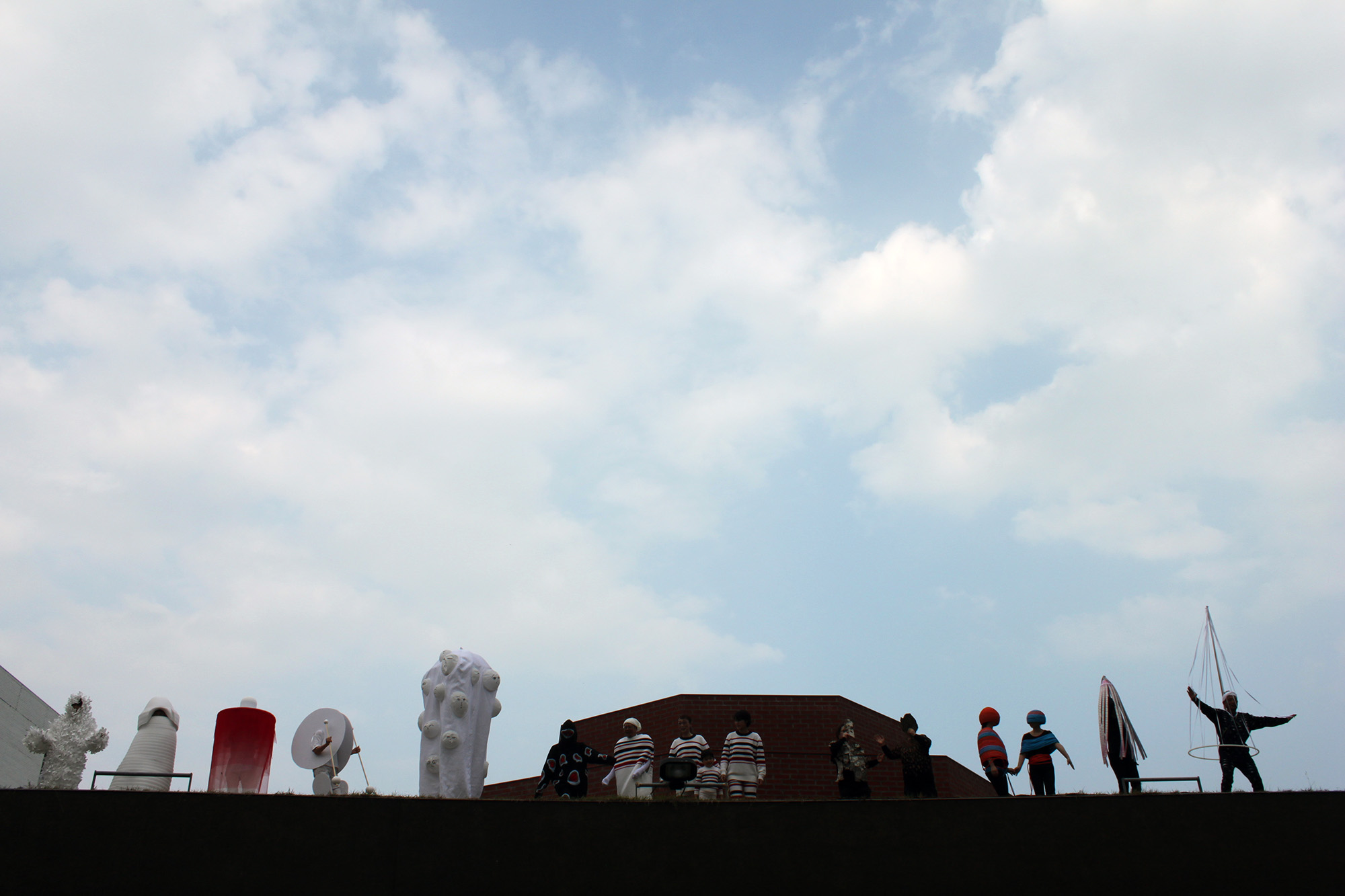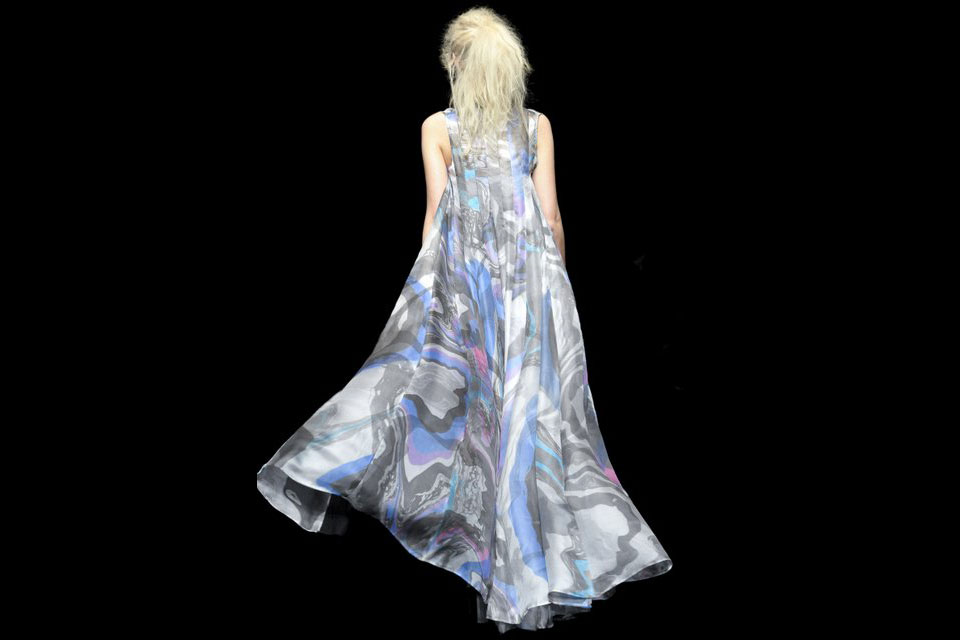In the past nine posts, I have shared about what I have seen and heard myself. This is my last post in my series talking about ethical fashion. There was a time when I wondered how awkward the term “ethical fashion” is, because fashion is not eco-friendly itself. I thought ethical fashion was some kind of an excuse to the environment for a fashion-addicted person, like me.
As a designer too, there was a time I questioned myself equally. During that time, I had no more energy to design, and I thought that I should be quitting. However, in the end, I came to think, it will not create any difference even if I quit solely. Rather than giving up, I should deliver the message through my knitted hats. It might create change if I deliver to as many people as I can. That is why I came to create my own ethical collection, “ami-tsumuli white label.” However, I was still unable to get away from the question. The question was always with me, until I moved to Canada.

From “ami-tsumuli white label” 2014Autumn-Winter Collection. White label is the ethical line of “ami-tsumuli”
Fashion is Not Eco-friendly, but We Need Fashion
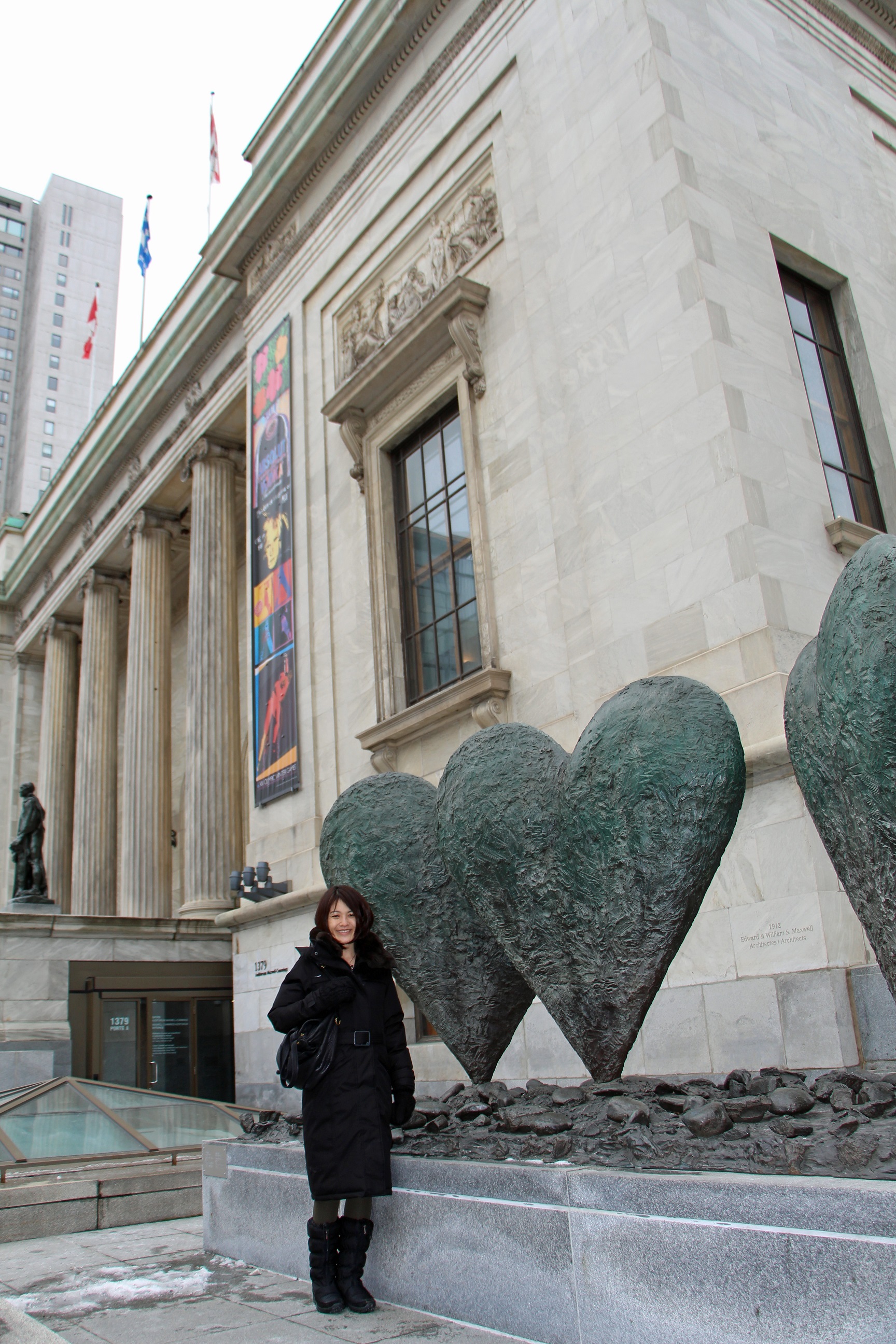
In front of Montreal Museum of Fine Arts
This year, I moved to Canada with my family in June 2013. When we first arrived, we stayed in a hotel for a month until we decided on our home. We moved into our home in July, but the shipped items didn’t arrive so soon, we had to live without furniture or anything. What we had was the minimum of goods that we packed in our suitcases.
At first, it was fun to live with minimum items. It was just like camp, and we even thought it is better to live without too many things. I enjoyed playing around with my minimum wardrobe that I had in my suitcase, and we were able to do laundry at least, so there was nothing that troubled us.
However, as days passed by, I gradually came to feel sad to dress myself similarly everyday. I also became forlorn eating with the same silverware every single meal. I gradually felt I was losing the color in my life.
With this experience, I felt that we need fashion in our life, to bring colors and joy in our daily life. And more than that, I realized that the colors to decorate our lives should not be too much nor too less. There is a decent amount according to each person. It may be one way to start off your ethical fashion style by figuring out your own decent amount of wardrobe to have in your closet.
Key People to Make Ethical Fashion a Normal Thing
I have written before, but once again, there are numerous steps and people involved in making and delivering one cotton t-shirt to us. The seedling company, farmers, manufacturers, designers… There are many and each one of the people in the supply chain must shift their way of thinking to an ethical way to make ethical a normal thing. However, these days, I think there are some key people.
Firstly, I think it is the spinning company. When I went to India to see the cotton farm, it was the spinning company that led the farmers to shift to organic farming. I hope that spinning companies would lead the market by creating varieties of beautiful ethical yarns and textiles. If they could do that, the yarns and textiles might inspire the designers who are not yet interested in ethical creation.

Farmers of Organic Cotton (Image: Courtesy of Avanti)
Next is the consumer. If consumers question more about the background when purchasing, it will naturally enable them to know more facts, which I believe would make consumers want to choose ethically produced fashion. There are no official standards or criteria to judge whether it is ethically produced or not, in the true meaning. Fair trade labels and organic certificates could be one of the benchmarks, but these alone will not lead to the “correct” answers. I believe we are now at the age that each consumer must step back and rethink whether the item is ethically produced or not.
By creating fashion with new ethical materials, and meeting new demands of the consumers, I think a new economic cycle will develop. And I believe that will lead to another new creation in both design and supply methods.
From the Designer’s Point of View, Why Design is Important
My job is to design. For a designer who aims toward ethical fashion, it is essential to choose the right material. I don’t want to choose materials with sorrowful backgrounds to deliver joy to my customers. However, I believe true designing activity is also an ethical activity. This is because cheap designs ruin all the serious efforts and respect to the environment and society that people have already established. No matter how much the material is beautiful and pure, bad designs could make it worthless. Therefore, I believe consummate purely professional work is essential throughout the entire supply chain when achieving ethical fashion, which starts off with ethical materials.
I love luxurious high fashion. My favorite items from my closet include Celine, Yves Saint Laurent, and Balenciaga. I wear each of them a few times a year, on special occasions. There are some people who believe this kind of luxury is completely incompatible with ethical fashion. However, I believe that is not true.
Nowadays, it is very simple to copy designs. Many companies copy designs from the runway and put them on the streets. However, true designers who present in Fashion Week make a drastic effort for a totally new creation.
They express our present situation and speak out for the people, which creates sympathy to the design. Then modelists and artisans realize the design with consummate techniques. I believe this continuum of truly professional work is how fashion creation should be originally. It is an ethical way for fashion because each player aims for genuineness.
There are also “economic” reasons for why consummate design is essential for ethical fashion. The ethical materials are expensive. If you tried to cut costs with cheap designs and manufacturing, the final product will come out with an unreasonable price tag that does not match its ordinary look. It surely would make the customer flinch and wonder, “Why is this so expensive? There seems to be nothing special compared to other items.”
A reasonable price that satisfies the customer is a result of balanced quality in the entire manufacturing. As another example, there are some times when buyers ask me to change material to lower the cost. Let’s say that one of my knitted hats made of alpaca came out with a slightly high price due to the knitting procedure requiring advanced techniques. Buyers might ask me to cut costs by changing the material to acryl, but since knitting itself is costly, it will not make a big difference to the final price. Each of us creators must not forget that genuine design and creation is essential as well as material.
There is still a lot that I need to know about materials to realize ethical fashion. At the same time, I need to pursue consummate design to allure my customers. The ethical style that I pursue comes true when I am able to merge truly pure ethical material with genuine design and creation techniques. And I hope as well that this kind of creation would become a normal thing in the future, and that we don’t need to say and distinguish “ethical” fashion any longer.

